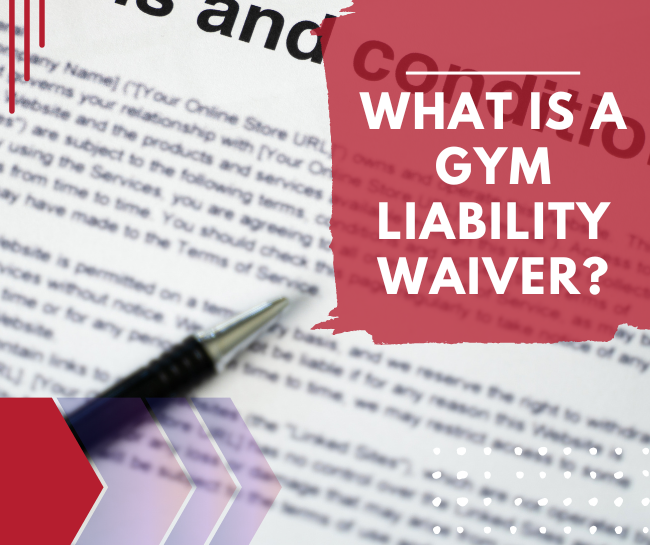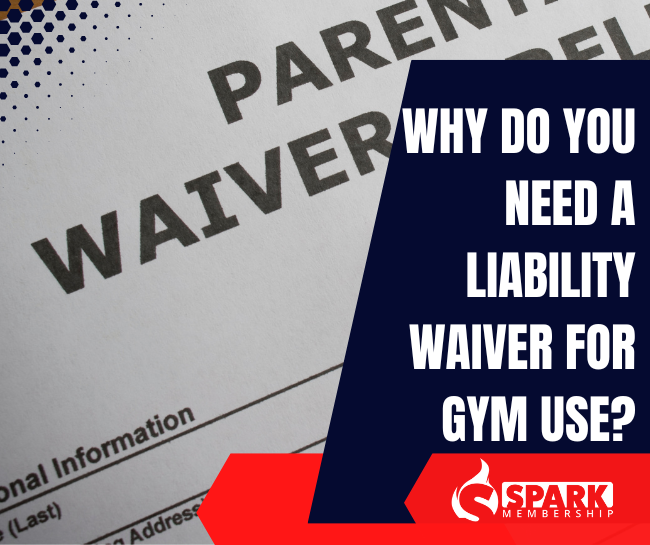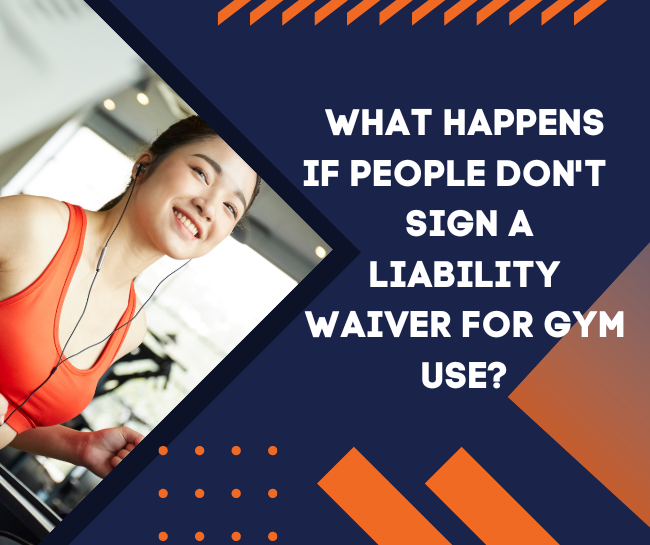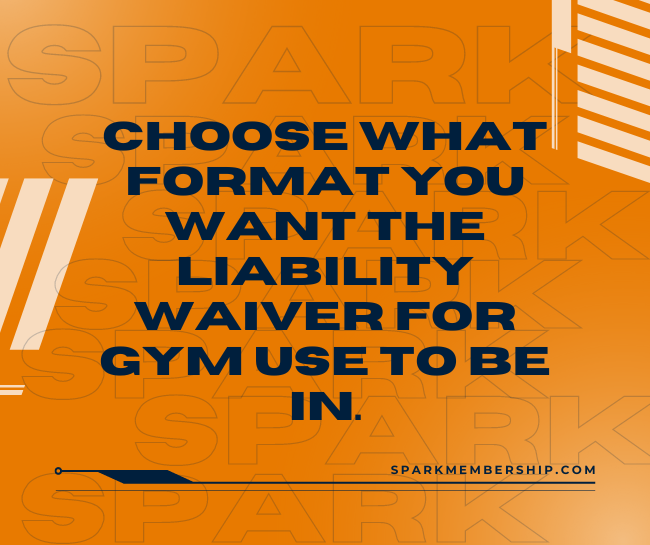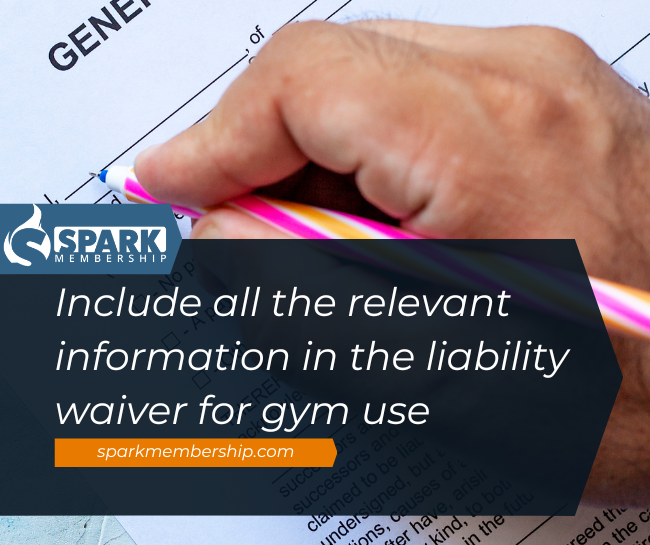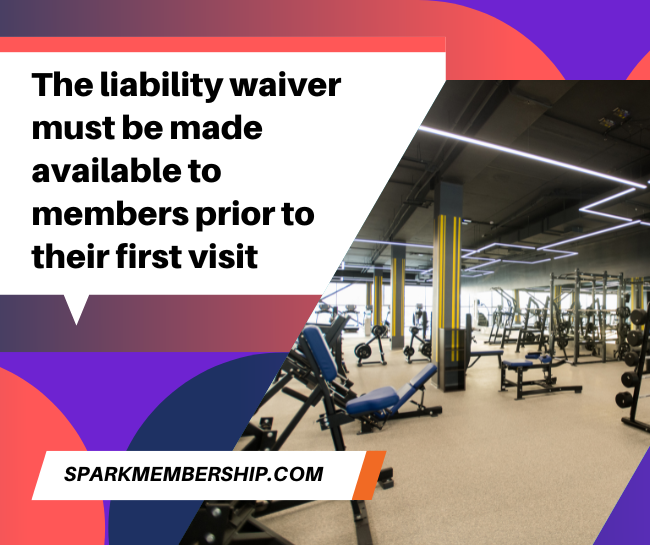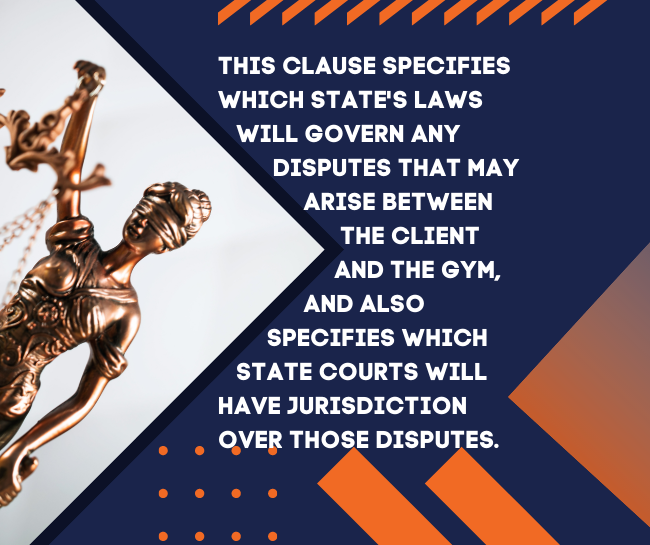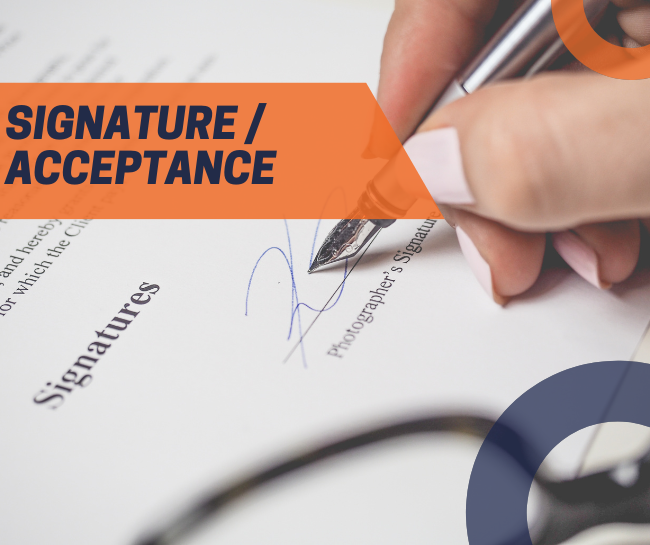
Waivers play a crucial role in martial arts schools, ensuring participants understand the inherent risks involved in training and protecting the school from potential liabilities. As we transition into a more digital world, shifting from traditional paper waivers to electronic waivers can streamline the process, improve record-keeping, and enhance the overall customer experience.
Understanding Electronic Waivers:
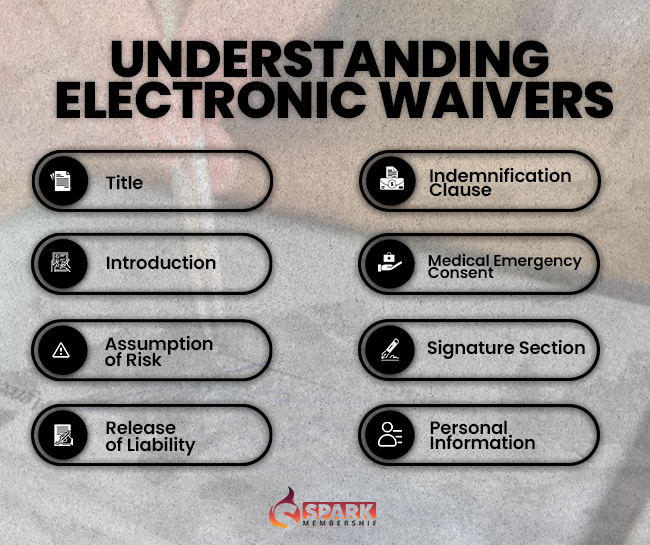
Electronic waivers, also known as digital waivers, are legally binding agreements made in a digital format. They serve the same purpose as traditional paper waivers — to inform the signee about potential risks involved in an activity and to protect the business or institution from legal liabilities in case of an accident or injury.
When creating an electronic waiver, there are several essential components you should include:
- Title: This should clearly indicate the purpose of the document. For example, “Liability Waiver for XYZ Martial Arts School.”
- Introduction: This section should provide context about the document. It usually includes the name of the organization and some general information about the activity the waiver relates to.
- Assumption of Risk: This is one of the most crucial parts of a waiver. Here, the potential risks associated with the activity are stated. The signee acknowledges they understand these risks.
- Release of Liability: In this section, the signee agrees to not hold the organization responsible if any injury or damage occurs.
- Indemnification Clause: This part states that the signee will compensate the organization for any losses that arise from their actions.
- Emergency Medical Treatment Consent: If necessary, this section can include a consent for emergency medical treatment, granting the organization permission to seek immediate medical help in the event of an accident or injury.
- Signature Section: The signee and a witness (if required) sign this section, confirming they have read and understood the document.
- Personal Information: This section collects essential details about the signee, like name, address, and contact information.
💡 Unlock the power of digital evolution for your martial arts school with electronic waivers. Empower your dojo, simplify paperwork, and enhance student experiences with a seamless solution. Embrace the future of martial arts administration and unleash the true potential of your business.
Pros and Cons of Electronic Waivers
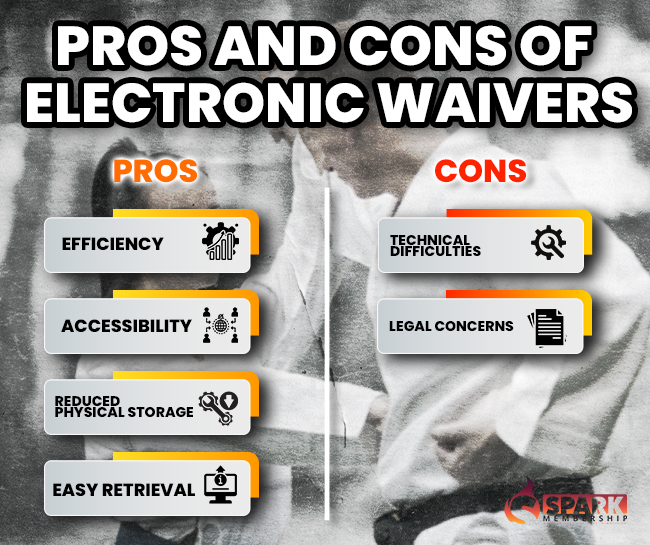
Like any other system, using electronic waivers comes with its own set of advantages and drawbacks.
Pros:
- Efficiency: Digital waivers are quick to fill out and easy to store and manage.
- Accessibility: Participants can sign waivers from anywhere, anytime, using a device with internet access.
- Reduced Physical Storage: With waivers stored digitally, you reduce the need for physical storage space.
- Easy Retrieval: Digital storage allows for easy search and retrieval of specific waiver documents when needed.
Cons:
- Technical Difficulties: Users unfamiliar with technology might find it difficult to sign electronic waivers. Also, issues like server downtimes can hinder the signing process.
- Legal Concerns: Electronic waivers must be designed carefully to ensure they are legally binding. It’s crucial to follow the best practices and consult with a legal expert.
💡 Understanding these aspects of electronic waivers will help you create an effective waiver that not only protects your martial arts school but also respects the rights and safety of your participants.
Step-by-Step Guide to Creating an Electronic Waiver:
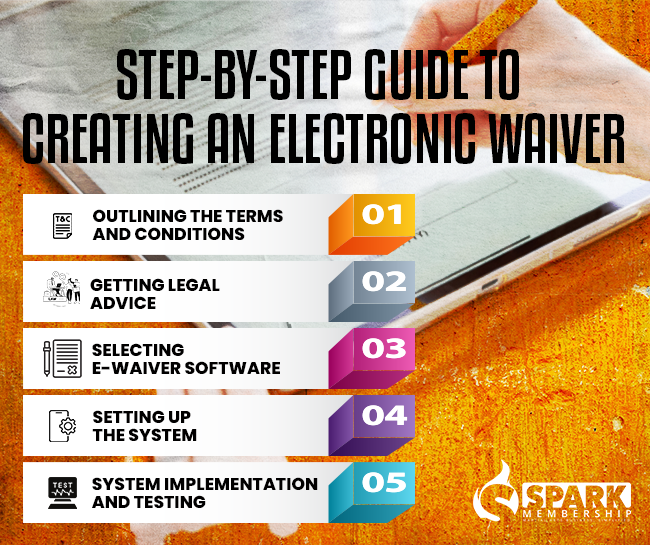
Crafting an electronic waiver for your martial arts school is a vital task that needs precise steps. It combines creating the terms and conditions, consulting legal advice, choosing suitable software, and more. This guide is your roadmap to creating an effective, legally-compliant electronic waiver. By following these steps, you can enhance your waiver process and safeguard your school from possible liabilities. Let’s jump into these steps:
- Outlining the Terms and Conditions:
Start by identifying the risks participants may encounter while training at your martial arts school. Include these risks in clear, straightforward language in your waiver. Make sure the waiver also includes a clause where participants acknowledge they’ve read and understood the terms.
- Getting Legal Advice:
Have a legal professional review your waiver to ensure it’s enforceable and complies with local laws and regulations. This step is vital as it can prevent potential legal issues down the line.
- Choosing an Electronic Waiver Software:
Select a software that is easy to use, secure, and reliable. Look for features like cloud storage, customizability, digital signature capture, and easy integration with your website or member management system.
- Setting up the System:
Configure the software as per your needs. Upload your waiver, customize the design to match your branding, and set up automated email reminders for renewals or updates.
- Implementing and Testing the System:
Once everything is set up, test the system thoroughly to ensure everything works as expected. Then, implement the waiver system and inform your members about the change.
Choosing the Right Electronic Waiver Software for Martial Arts Schools:
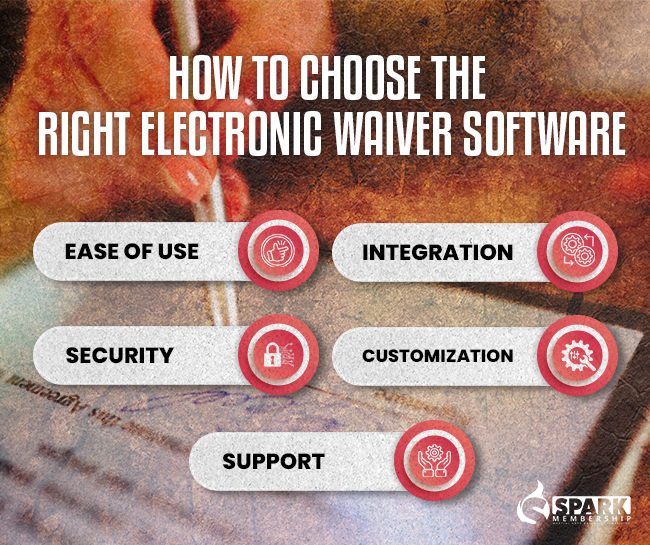
When choosing electronic waiver software, consider features like:
- Ease of use: The software should be easy for both your team and your students to use.
- Security: It should adhere to the highest security standards to protect your students’ data.
- Integration: The software should integrate smoothly with your existing systems.
- Customization: It should allow you to customize your waiver forms as per your needs.
- Support: The software provider should offer reliable customer support in case you encounter any issues.
💡 In the world of martial arts, your students’ safety and your peace of mind are paramount. Choose the right electronic waiver software to protect your school, streamline paperwork, and focus on what truly matters – empowering your students to thrive on their martial arts journey.
Best Practices for Electronic Waivers:

To ensure your electronic waivers are legally enforceable and offer a good experience to your customers:
- Keep language simple: Avoid legal jargon. Use simple and clear language to ensure participants fully understand the terms.
- Ensure voluntary agreement: Make sure students are not coerced into signing the waiver. They should willingly accept the terms.
- Keep records: Maintain all signed waiver forms securely in a cloud-based system, ensuring they are accessible when needed.
Creating an electronic waiver for your martial arts school is a step towards improving operational efficiency and customer experience. By following this guide, you can ensure a smooth transition from paper to digital waivers, enhancing your school’s management system. Remember to follow best practices and seek legal counsel when creating your waiver. It’s time to embrace the digital shift and safeguard your martial arts school effectively.
Discover the invaluable insights in the blog “Everything You Need To Know About Gym Liability Waivers to Try In Your Gym.” Learn how to protect your business and create a safe environment for members. And while you’re at it, revolutionize your martial arts school with Spark Membership Software. Streamline administrative tasks, enhance member engagement, and simplify gym management. Empower your gym and martial arts school with knowledge and technology for success.

